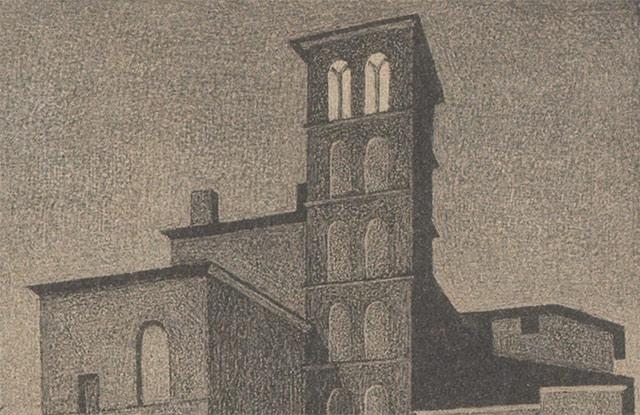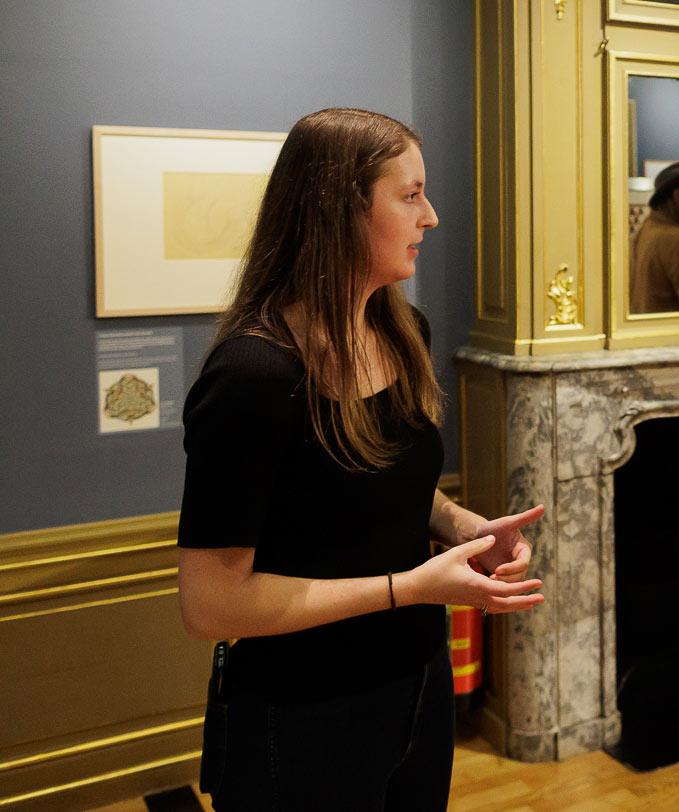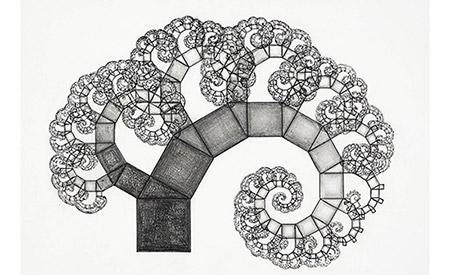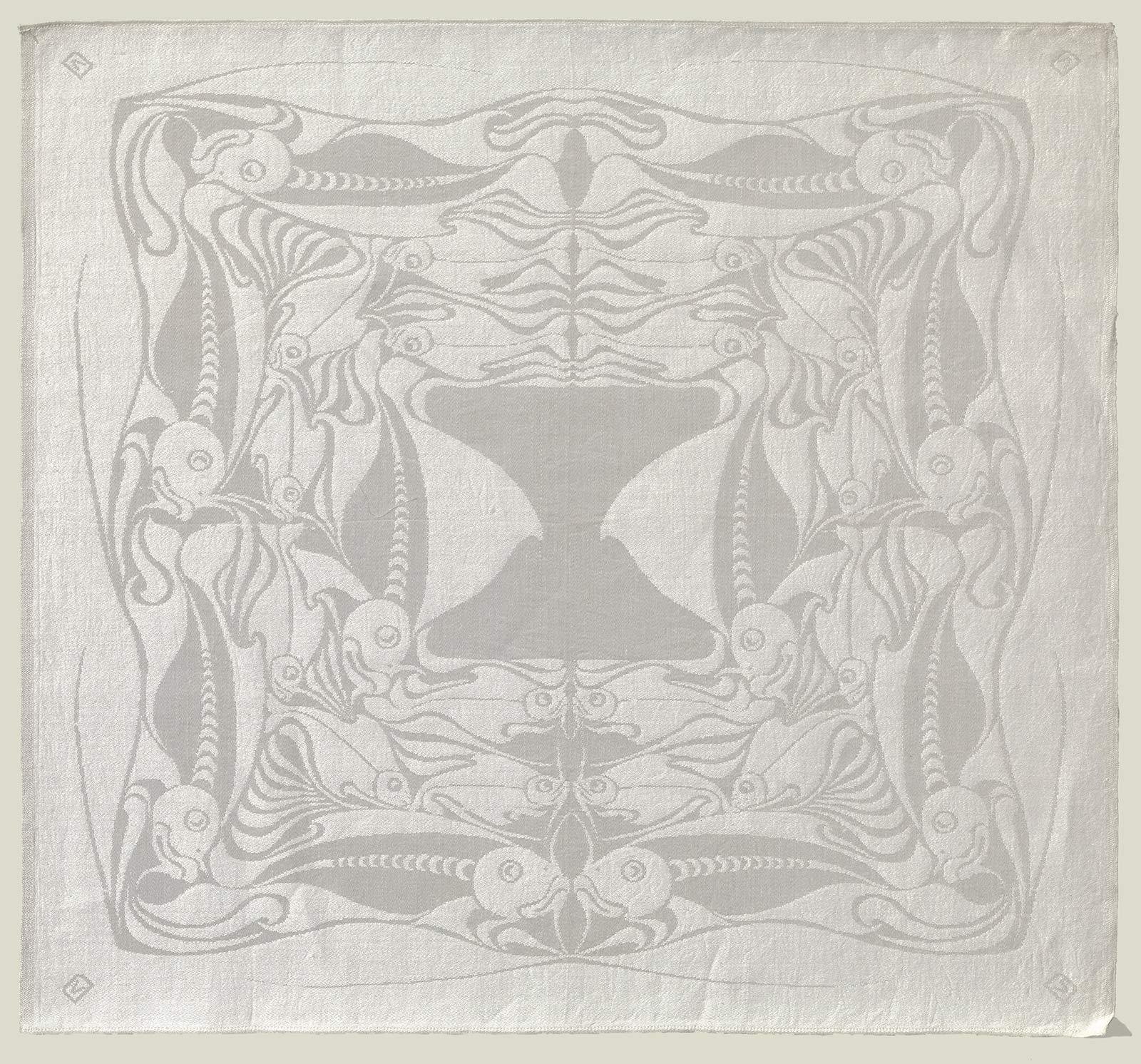Dear Sir,
A few years ago, at an exhibition in The Hague, I encountered your work for the first time, which left a lasting impression on me. I came across your name again in a newspaper report: an encounter with an eccentric old sage in an attic on Waterlooplein in Amsterdam. I do not recall the particulars.
In the meantime, I have been entirely captivated by your product “Reptiles”, a small reproduction of which I happen to have laid my hands on, and I recently saw the interview in A O Series 1172, which I studied with interest.
There has been no shortage of praise for your work, it would seem, but I will not withhold my admiration for your “glimpse into space” and its depiction.
You call it your game, and reject any profound meaning. Is it not more a question of modesty concerning your gift? Whatever the case, in the abundance and diversity of your work, I found not a single piece in the same vein as Reptiles, and that is what appealed to me most, or what I believed it to mean. A pictorial idiom.
You receive many letters (I quote) “theories whose meaning I do not understand, but do sometimes sense”. These last words prompted me to offer you the enclosed interpretation of my feelings for your perusal. Please regard it as a token of my appreciation for what your creation has given me.
With the greatest respect
I remain,
Yours faithfully,
Dr. HD







